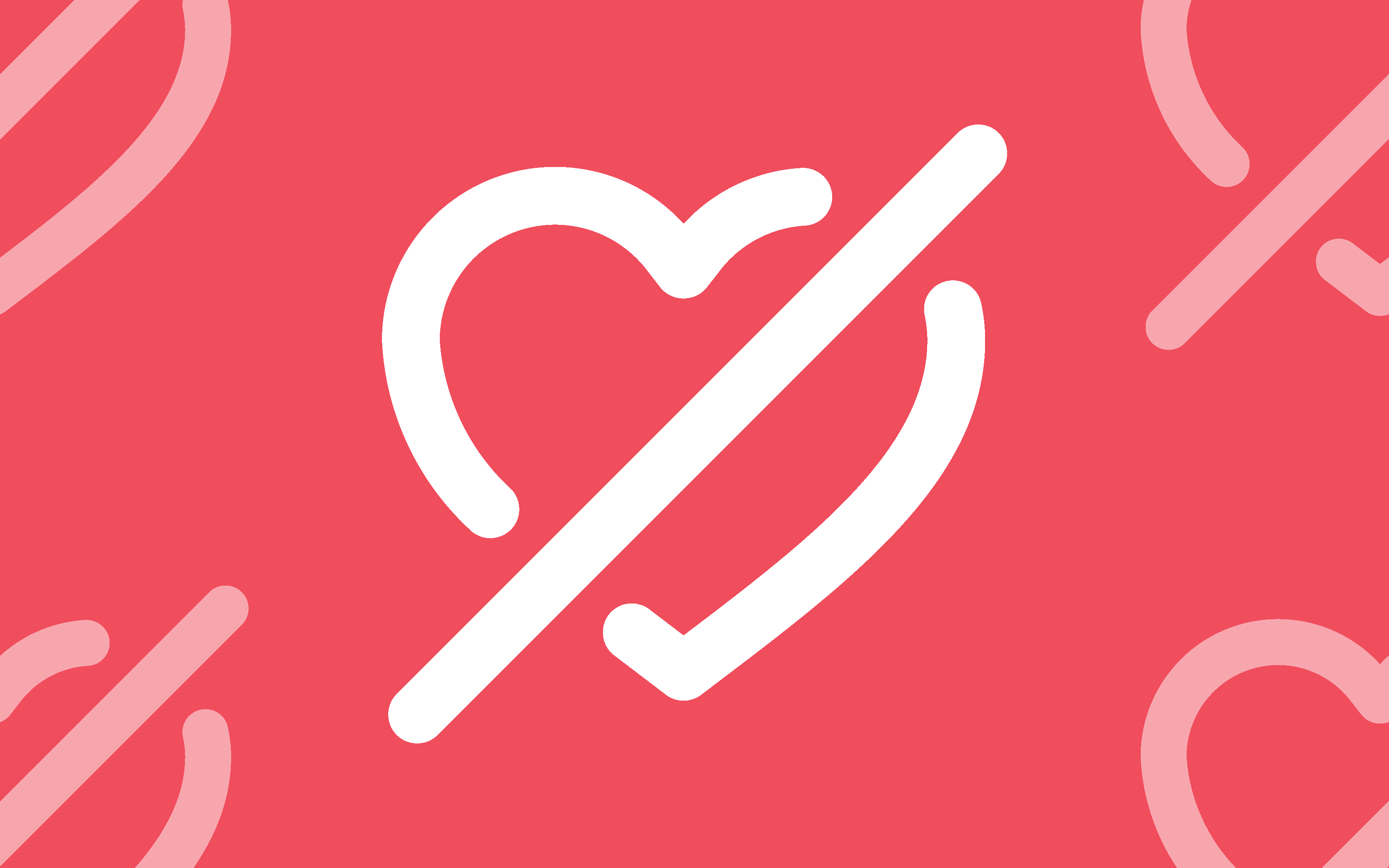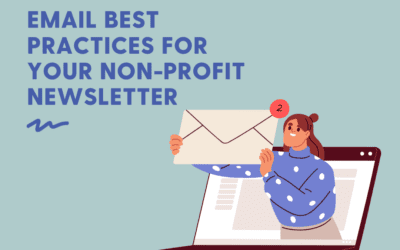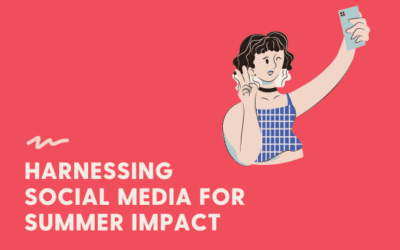You painted a picture during the research phase of what you’d like to see, you sat back while the creative team worked their magic, it was pitched… and you don’t like it.
Well… fack!
While this rarely happens, it certainly can. The question is what do you do? Rage? Cry into your pillow? Silently curse the designer while you make them your new voodoo doll target?
None of these are good ideas. Neither is pretending you like it to appease the creative team.
Take a breath and ask yourself the following 2 questions:
- What specifically doesn’t speak to you? Is it the colour? The font? The positioning of the graphic?
- Why doesn’t it speak to you? At Kitestring, everything we design is done with intention. Thus, every element was meticulously selected based on the information that we’ve gathered during the research phase and have brought in to articulate a brand attribute or sentiment. If you can understand why something isn’t working within the context of what you understand your brand or project goal to be, that’s much more helpful.
Sometimes the above takes time and you need to sit with it for a day or so — especially if you’re someone who needs to let something sink in. That’s OK. When you’re ready, the next step is to chat with the creative team — ideally in person.
Some tips on how to have that conversation:
- Let them know your first impression. For better or worse, it’s good for the designer to hear the initial gut reaction you had. Should you be seeing something that they don’t, it’s important for them to know.
- Don’t sugarcoat it, but be respectful. Even if it’s how you truly feel, it’s still hurtful for a design professional to hear a phrase like “a college student could have designed this”. That being said, don’t feel like you have to put an unnecessarily happy spin on everything. Your team will be eager to find a solution if you’re honest, respectfully.
- Offer ideas if you have them. If there are things that you feel may work better, your designer should be open to hearing them and having a conversation around solutions.
- Discuss your answers to the questions above. If you can articulate what isn’t working and why, it provides the designer with a much better understanding of what needs to be adjusted. If you can’t do that, and you truly don’t know why, that’s OK. Let your designer know that and they’ll work with you to get to the bottom of it.
At the end of the day, creative (like all artwork) is subjective to personal tastes. Thus, be respectful and be honest. A good designer will always hear you out and work with you to find solutions that lend to a beautiful design you can be proud to use.




